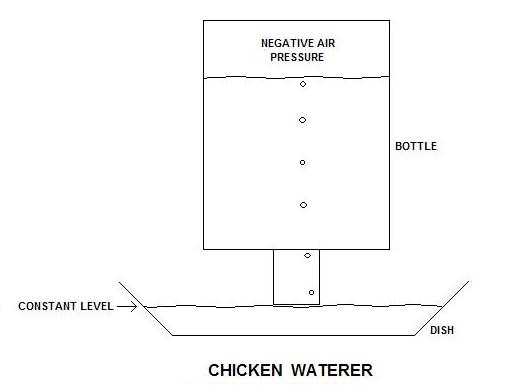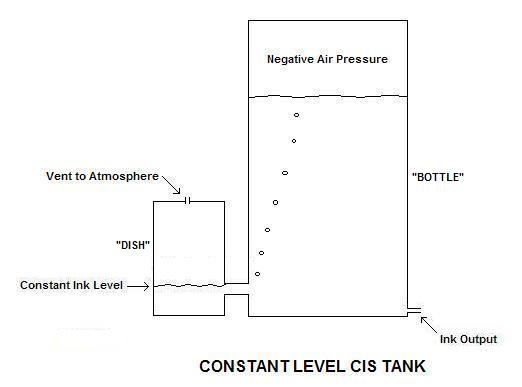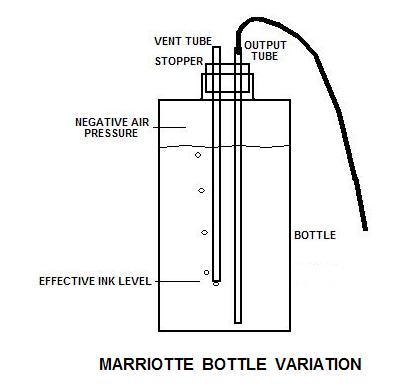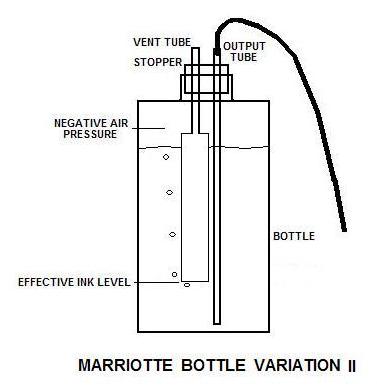- Joined
- Oct 27, 2005
- Messages
- 3,661
- Reaction score
- 1,345
- Points
- 337
- Location
- South Yorks, UK
- Printer Model
- Epson, Canon, HP... A "few"
At some point over the past couple of days I've been trying to get my head back around the whole "constant pressure" side of things and trying to figure out why my internal "mariotte bottle" model wasn't quite jelling with the information I'd been reading here, there and everywhere.
Well, today the penny dropped and I feel like a complete bl**dy moron of the first order of knights of the idiot table. In short... Doh!
I had understood the whole thing to be a sort of closed loop which somehow stopped gravity having any kind of effect on the liquid contained within. So in effect my head somehow had itself convinced that gravity was not involved and hey we have a special anti-gravity system here.
In the cold hard light of 5 million watt realisation I now understand what a complete buffoon I am..
What makes it all the more unforgiveable is that I have this ruddy title of inkjet master in my profile..
 :/
:/
Oh dear!
Anyhoo... the realistion has helped me come to terms with the further understanding that all the issues I've had with Canon printers is not going to be solved by buying in constant pressure reservoirs... Nope... Instead I can make my own systems very simply...
Instead of a simple dip system with a vent hold you have a dip system for supplying the ink and a sealed top that has another dip tube to a specific length which provides the same function as a vent but with the necessary pressure. So long as the top is sealed and the two dip tubes are also sealed in so that no air can enter through anything other than the "vent" tube then you're away.
Anyway... inspiration has some odd face smacking properties to it... but feel free to laugh... *cue: red face* :/
Well, today the penny dropped and I feel like a complete bl**dy moron of the first order of knights of the idiot table. In short... Doh!
I had understood the whole thing to be a sort of closed loop which somehow stopped gravity having any kind of effect on the liquid contained within. So in effect my head somehow had itself convinced that gravity was not involved and hey we have a special anti-gravity system here.
In the cold hard light of 5 million watt realisation I now understand what a complete buffoon I am..
What makes it all the more unforgiveable is that I have this ruddy title of inkjet master in my profile..
 :/
:/Oh dear!
Anyhoo... the realistion has helped me come to terms with the further understanding that all the issues I've had with Canon printers is not going to be solved by buying in constant pressure reservoirs... Nope... Instead I can make my own systems very simply...
Instead of a simple dip system with a vent hold you have a dip system for supplying the ink and a sealed top that has another dip tube to a specific length which provides the same function as a vent but with the necessary pressure. So long as the top is sealed and the two dip tubes are also sealed in so that no air can enter through anything other than the "vent" tube then you're away.
Anyway... inspiration has some odd face smacking properties to it... but feel free to laugh... *cue: red face* :/




